The Magic Flute
Mozart’s Flute Does Its Magic
The Magic Flute
Music by Wolfgang Amadeus Mozart, libretto by Emanuel Schikaneder
English National Opera at the London Coliseum until 30th March
Review by Patrick Shorrock
This was a very good revival of Simon McBurney’s splendidly theatrical 2013 production of The Magic Flute. As operas go, the Flute is a challenge to put on, making formidable technical demands of a large cast and requiring lots of changes of scenery.
This production, in the hands of Rachael Hewer, achieves miracles with a platform hanging from four hooks that can be tilted in a huge of variety of directions against a selection of dramatic backdrops and video projections, including stunning ordeals by fire and water that had me wanting McBurney (and set designer Michael Levine) to turn their attention to Wagner’s Ring.
The music was splendidly handled by conductor Erina Yashima, so that it was always agile, light and fleet, delivering a wonderful mounting sense of exhilaration. Mozart done right like this feels as natural as breathing, but it is harder than you might think. Raising the orchestra to stage level works well, enhancing connection with singers and enabling Tamino and Papageno to interact with the flautist and percussionist as they have recourse to flute and bells at points of crisis. It is so sad that financial pressure from the Arts Council means that the ENO management is driven to sack and reappoint this talented chorus and orchestra, who deserve to be cherished and applauded, while giving their considerable best in trying circumstances, not treated as a punch bag by people with political points to make.
The cast had no difficulty with Mozart’s exacting vocal requirements, which opera house managements have a tendency to underestimate, particularly in some of the smaller parts. Not here, with Jonathan Lemalu as the Speaker, Peter Hoare as Monostatos, Alexandra Oomens as Papagena, and Carrie-Ann Williams, Amy Holyland, Stephanie Wake-Edwards blending together beautifully as the Three Ladies, which is rarer than it should be.
Rainelle Krause turned the coloratura hazards of the Queen of the Night into exciting vocal opportunities, although I wasn’t sure about giving her a wheelchair. Disability equals villainy seems like a politically incorrect reversion to James Bond films from the 1970s, even if not as bad as the traditional racist depiction of Monostatos that is now fortunately defunct.
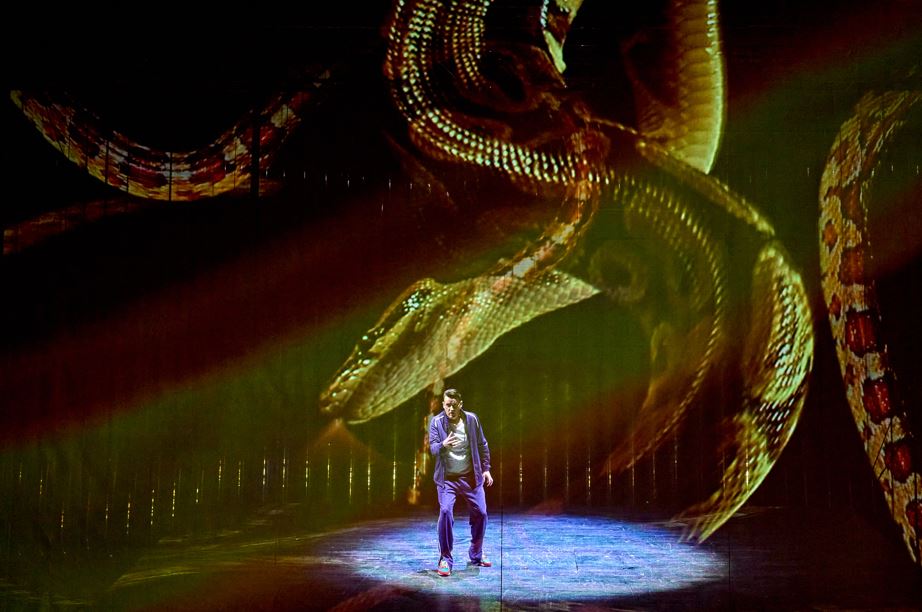
After his rather shouty Rhinegold Wotan on his previous visit to the Coliseum, John Relyea was a vocally smoother Sarastro than expected, fully delivering all those low, low notes that sound designed to expose deficiencies in a bass’s technique. This was a Sarastro speaking to a Board of Directors in CEO rather than priestly mode. But Sarastro remains a dislikeable figure, awarding good conduct prizes for ignoring suicidal fiancées, and congratulating himself for not resorting to violence shortly before arranging a punishment beating for Monostatos. Norman Reinhardt’s Tamino sounded initially like an overparted baritone, but grew into the part with increasing vocal steel and sweetness. David Stout was a restrained but amusing and appealing Papageno who took his ladder with him everywhere, and Sarah Tynan looked and sounded glorious as Pamina.
Patrick Shorrock, February 2020
Photography by Manuel Harlan

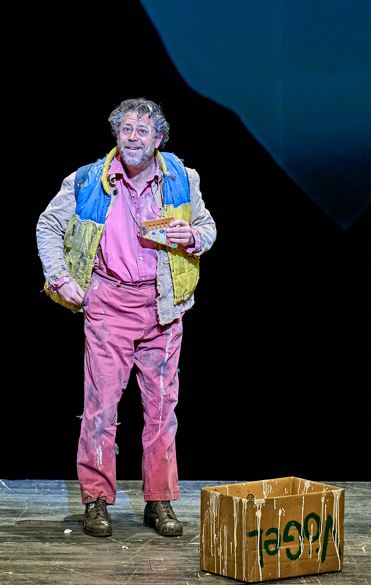
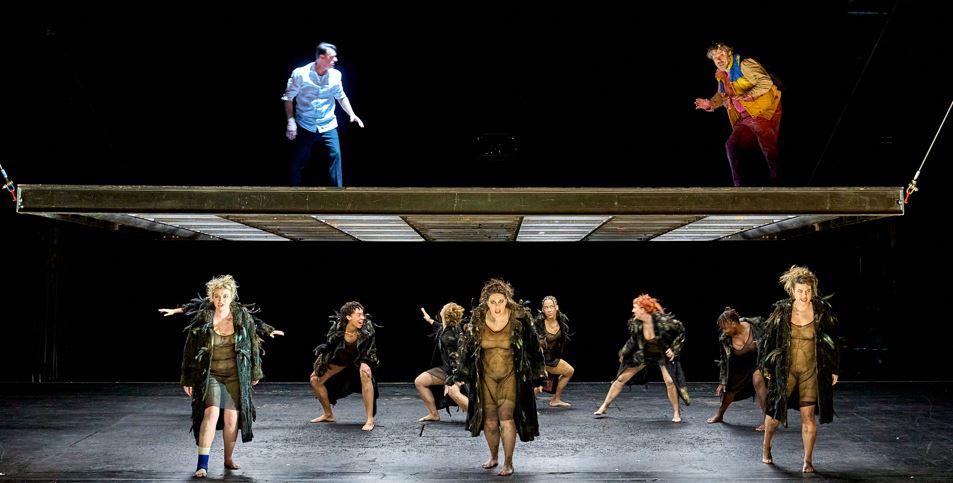
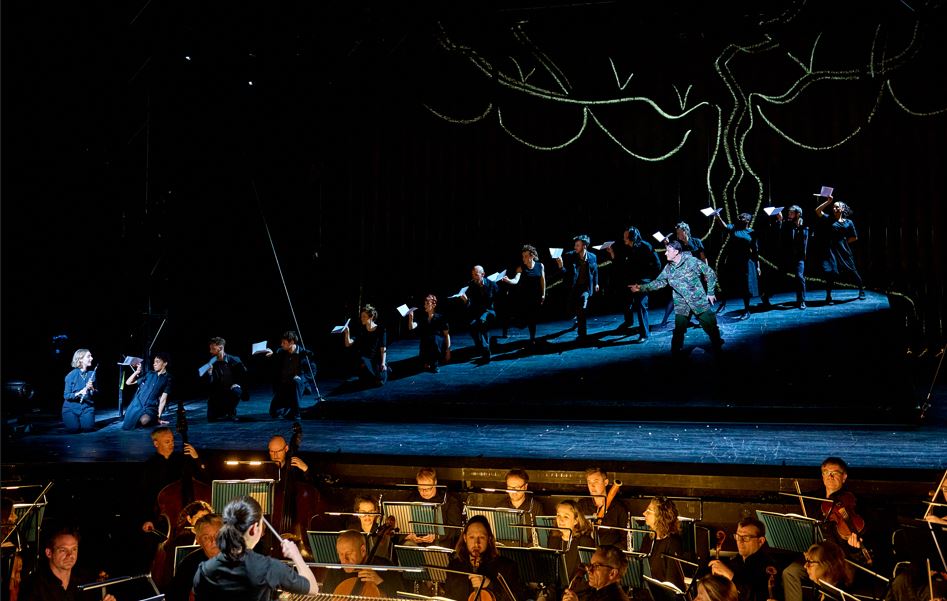
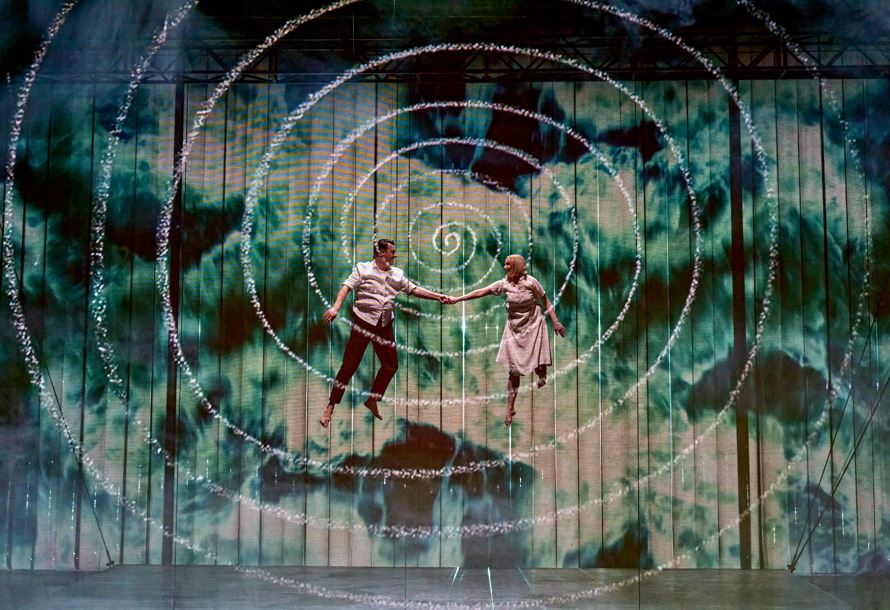
Trackbacks & Pingbacks